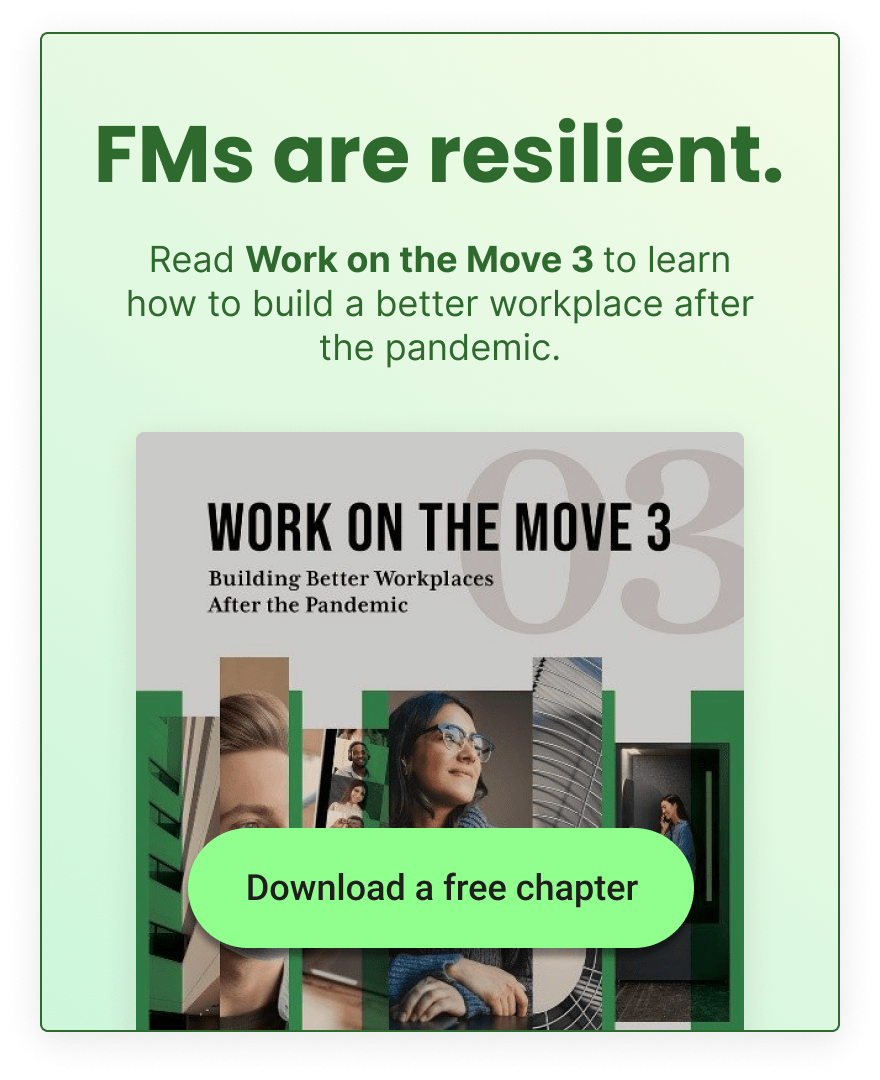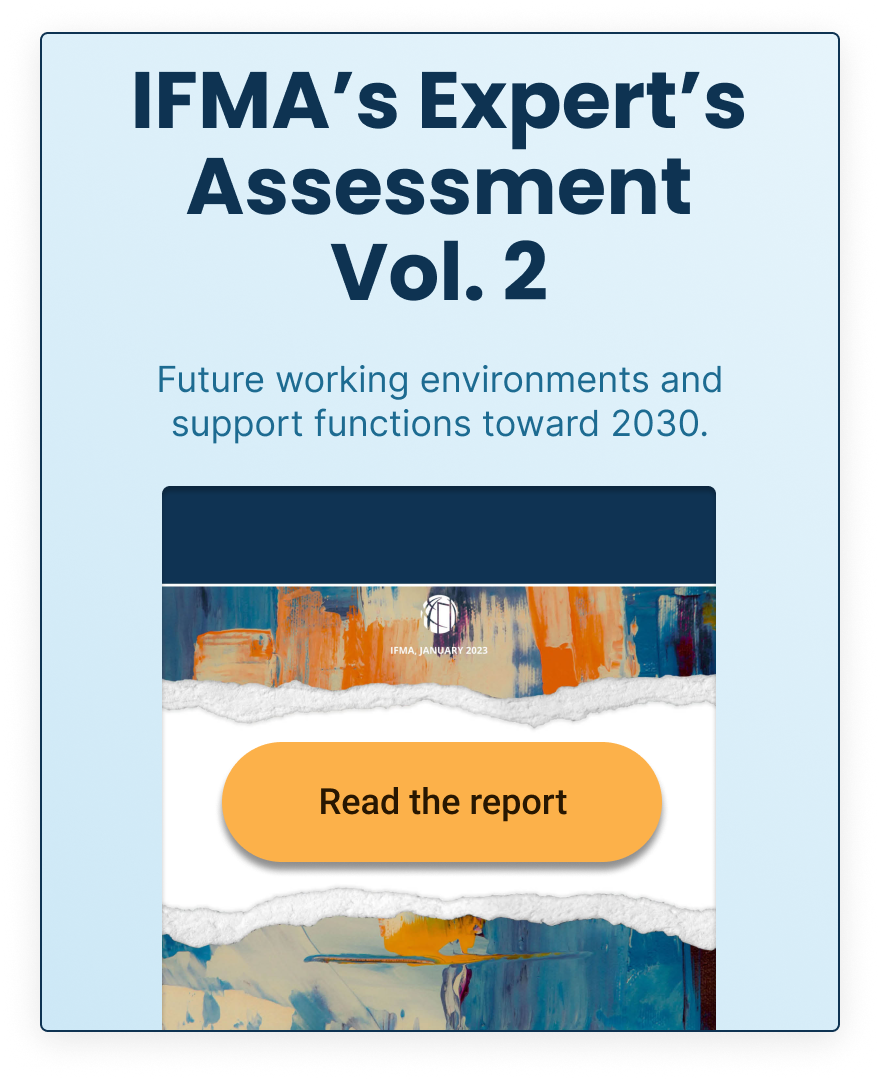Filtering the Critical “Small Stuff”

Protecting workers and other occupants from health risks from harmful airborne particles is part of a facility manager’s job. It’s important to be aware of what size particles can be harmful if inhaled, what these are, and what precautions can be taken to “engineer out” any health risks. Legend Brands covers key considerations for air filtration in occupied spaces.


